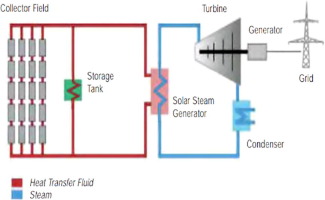
The income she gets from working at the solar plant has enabled her to take care of her 7-year-old son, Awena Ian and even afford to pay his school fees. In this time she has worked as a storekeeper and site cleaner. Jessica, 28 years old, has been working at the Tororo solar project for 5 months. In order to highlight these types of impact, we’re zooming in on a few personal stories. The socio-economic impact of the Tororo plant to the region cannot be overstated. Last, but not least, the 10 MW power plant is serving close to 36,200 people in Uganda, brightening and empowering their lives. Secondly, in the operational phase, the employs 20 permanent workers.

As mentioned in the key facts and figures, the project has been impactful in three ways.įirst off, to realize the project, 306 local workers were employed, along with 6 local vendors. The project was commissioned on the 6th of October 2017 and started feeding power into the grid immediately. Key tools in this transaction were patience, perseverance and the will to understand a different and complicated environment. Major milestones included securing the land obtaining the Environmental and Generation Licenses signing the PPA and DA finalizing the financing documents and reaching financial close followed by breaking ground on the construction of the project and - last, but not least - the test to connect the site to the grid.įor the successful outcome of the development of the project, it proved vital to have a presence of local partners, duly guided from the company’s Cape Town offices. Most of the issues were that of a non-mature market, such as a lack of experience from government stakeholders and a lack of qualified local suppliers. Various difficulties were faced in developing the program, since there were no precedents of photovoltaic projects in Uganda. This process led Building Energy to identify the Tororo site.

Moreover, several meetings with village chiefs were conducted, in order to inform them about the research and obtain their blessing, support and indications. Then a selection was made of several potential suitable areas, which were ranked on strict selection criteria (for instance: private land, uncultivated land, without resident people and without environmental or social constraints). They started their research by identifying the most suitable existing UETCL’s electrical substation at transmission voltage, thus have narrowed the search area. After the issue of the Tender, Building Energy carefully analyzed the provisions and rules included on it, and started scouting potential sites and beginning research accordingly.

Under its ‘GET FiT’ facility, Germany’s KfW issued a tender for the development of two first utility-scale solar plant in Uganda, one of the first major solar development plans in the region.


 0 kommentar(er)
0 kommentar(er)
